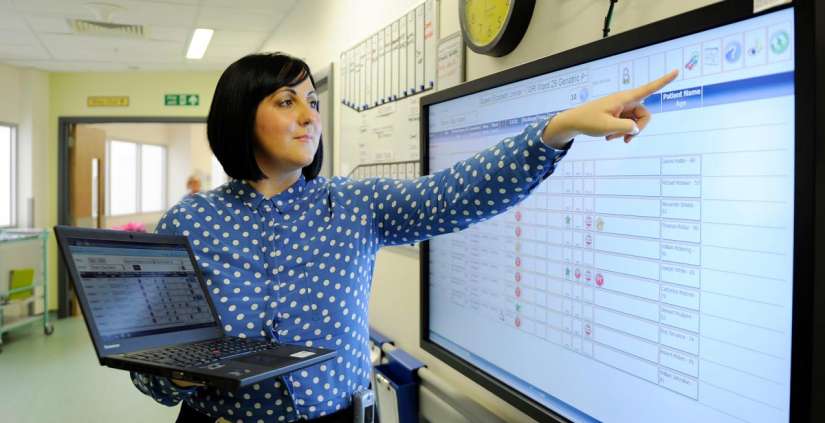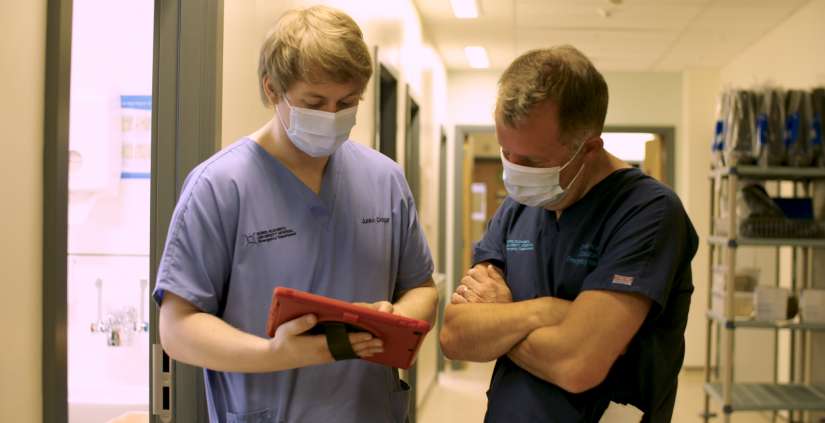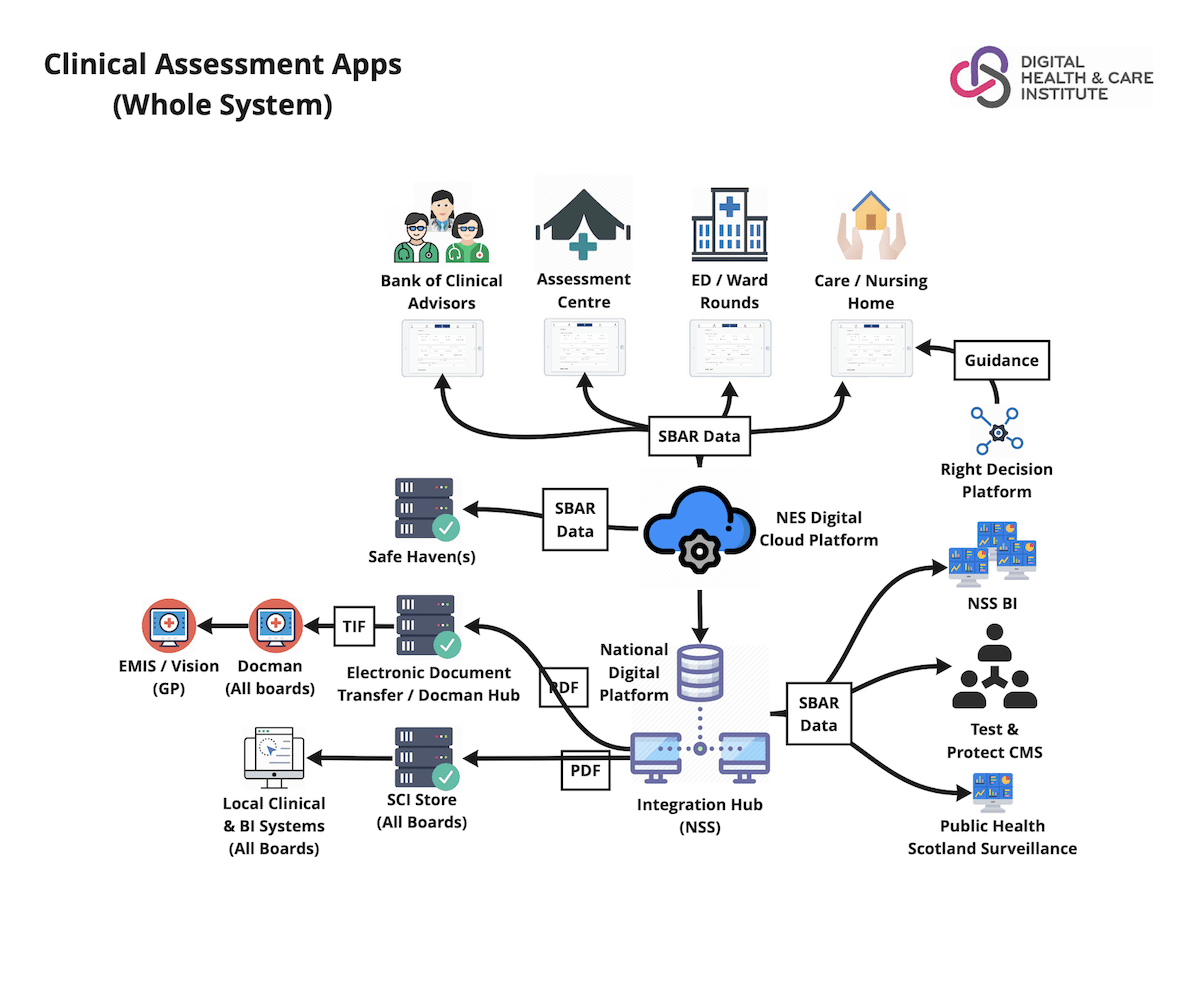An organisation gets the software it deserves. This is from a quote I probably misheard once that has stuck with me over the past few years. You can interpret it in different ways depending on a variety of factors but in the case of NHS Scotland I like to think of it in a positive and aspirational sense.
NHS Scotland as an enterprise deserves excellent technology that makes staff’s jobs easier, makes services more efficient and most importantly improves care experiences and outcomes for the people that need to use them. In the event of an unexpected event like the one we currently find ourselves in, that technology should be able to flex and adapt quickly to support NHS Scotland in its efforts to respond to and cope with the pandemic.
This is very easy to say but rather challenging to achieve. A starting point is realising that in order to deliver excellent technology NHS Scotland needs to take control of its delivery. One step towards doing that is to build sustainable internal capability and capacity, i.e. motivated, skilled and experienced people, who work within NHS Scotland towards delivering positive, valuable technology outcomes.
I feel very lucky that I worked at NHS Education for Scotland when it decided to go down that path 5 years ago. Since then we have invested a lot towards ensuring we have the right people, technology and processes in place in order to deliver the best possible outcomes. We were tremendously excited when the opportunity arose to work on developing on structured COVID-19 assessment tool that would enhance clinical care across many different health and care settings.
People
Many people in our teams have worked together for almost 5 years. Over this time, they have developed close and effective working relationships, built up significant domain knowledge and have learned a lot about technology and how to deliver it. People have progressed in technology careers within the NHS in Scotland or left with skills that have made them mobile in the job market. Where we have lacked skills or capacity, we have brought in some excellent agency staff or worked with some fantastic partners. When we started work on the Clinical Assessment application we did not have to build or buy a team – we could quickly assemble one from other existing teams with confidence that they would work effectively together and understood the NHS Scotland context.
Technology
Over the past few years we have built a modern, cloud-based technology platform that provides services to over 500k people in NHS Scotland and beyond. By exploring new technologies, implementing well-known standards and utilising common and well-supported frameworks we have been able to build scalable web applications and services that are easy to use, secure and accessible on any device. This gave us a fantastic head start when we started work on the Clinical Assessment app as we were able repurpose a lot of existing code, infrastructure and knowledge. We didn’t have to worry about things like how people would log in, how data would be securely stored, where we would host it or how we would reliably deploy it as we already had those things in place.
Process
NES Digital have an established agile delivery capability that focuses on releasing value early and often. Teams are made up of architecture, development, testing, product management, user experience design and delivery management roles that collaborate on moving items from the backlog into production, whilst constantly reviewing and improving how they work.
All of our software goes through stringent testing/QA processes using modern techniques and technology to ensure that any mistakes are detected early with the effect that by the time a piece of functionality reaches production, the risk of it not working as expected is minimised. This is particularly important in a clinical system.
Deciding to develop a new product and release it into production is not without its risks. NES are a public sector organisation and as such have to demonstrate that any investments it is making are governed appropriately, and that any information or data we are processing is done so with the appropriate controls in place. We have built up a considerable amount of experience in providing the necessary assurance in terms of corporate and information governance, helped along by a well-developed document set that can be re-used and tailored as new applications come along.
Outcome
When we began to working on Turas Clinical Assessment, we were able to bring our people, technology and processes to bear with the outcome that NHS Scotland got an application that was able to capture structured COVID-19 clinical assessment data, integrated with the patient record, that provides rich analytical and reporting capability in little over a month. We worked collaboratively with people in multiple different organisations, developed new working relationships, made new friends and feel like we’ve made something that is truly valuable. This is a good technology outcome, and one that NHS Scotland deserves.


